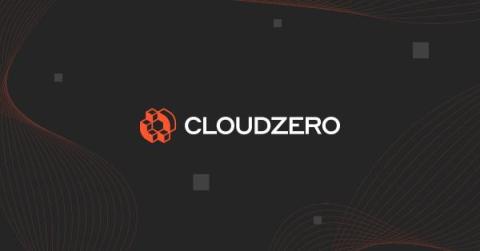Operations | Monitoring | ITSM | DevOps | Cloud
Latest News
Komodor Announces GA of New Kubernetes Cost Optimization Capabilities
Kubernetes has revolutionized how we manage and scale containerized applications, the flip side of this robustness is often a rising cloud bill. As you navigate the complexities of cluster growth across teams and applications, cost management can become a genuine headache. Enter Komodor’s newly released Cost Optimization Suite. In this blog post, we’ll unpack how this feature-rich addition to the Komodor platform will empower you to optimize costs without sacrificing performance.
Using Karpenter With EKS Fargate To Cut Costs On EKS Infrastructure
What Is Cloud Infrastructure? Everything You Need To Know
What Is Cloud Architecture? A Guide To Cost-Efficient Design
Unlock significant cost savings with Azure VM Reservations
Azure Cosmos DB Cost Optimization to avoid unforeseen expenses
How CloudSpend helps reduce the costs associated with your AWS Spot Instances
5 Strategies to Reduce Your AWS Lambda Expenses Efficiently
As a serverless computing service, AWS Lambda has revolutionized deployment with its pay-as-you-go model. Yet, users often grapple with unexpected costs. This guide underscores the criticality of cost optimization and prepares to unveil quintessential strategies to trim down your Lambda bills without compromising performance.








